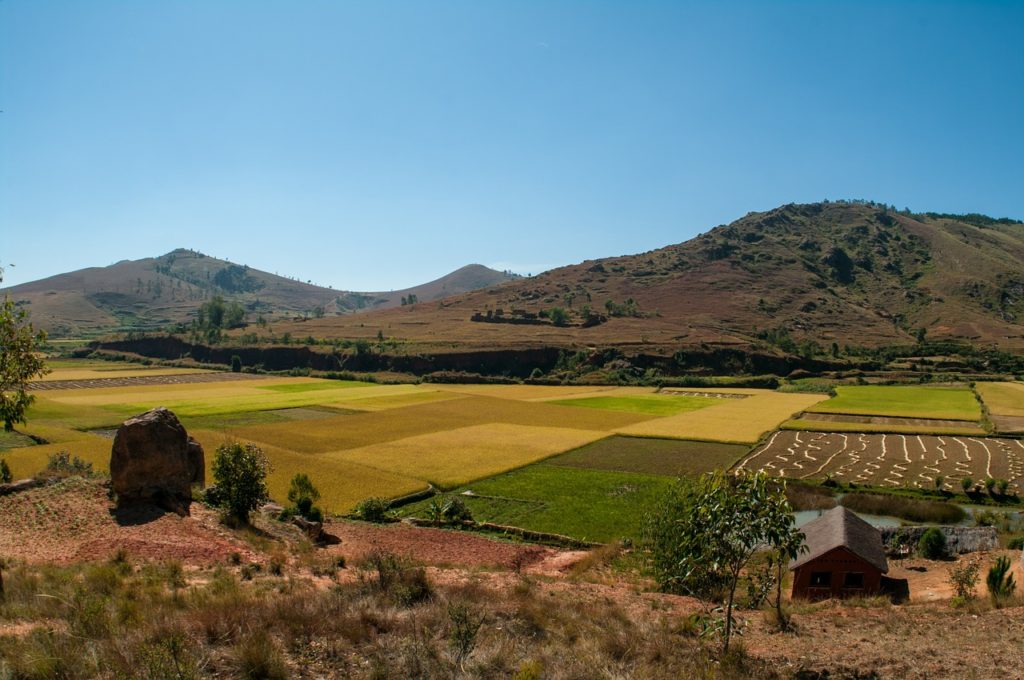In the United States, American Indians and Alaska Natives have a greater chance of having type 2 diabetes than any other racial group. This is very troubling because without medical intervention, the progression of type 2 diabetes may lead to other conditions and diseases including high blood pressure, kidney failure, and heart disease – the number one cause of death in the United States.
In the United States, American Indians and Alaska Native are 50% more likely to be obese than non-Hispanic whites. In addition, 33% of the American Indian and Alaska Native population is considered obese. In other words, more than a quarter of the American Indian and Alaska Native population is at risk of developing type 2 diabetes. But why is obesity and type 2 diabetes more common among American Indians and Alaska Natives? Although the answer is not entirely clear, many studies on the Pima Indians have provided insight into the role of genetics and the western environment.

Historically, the Pima Indians resided along the Gila River and Salt River of Arizona, extending into the Sierra Madre Mountains of Northwestern Sonora, Mexico. In the United States, the Pima Indians have adopted a western lifestyle whereas Mexico’s Pima Indians have relied on traditional farming methods. Regardless of the different lifestyles in the U.S. and Mexico, the Pima Indians are a homogenous group, meaning they have similar genetic profiles. In addition, the Pima Indians share similar genetic profiles to other American Indian and Alaska Native tribes. For these reasons, the Pima Indians have been intensely studied in examining metabolic conditions and diseases such as type 2 diabetes and obesity.
In the U.S., Pima Indians have the highest rates of diabetes and obesity. The high rates of diabetes and obesity of the Pima Indians in the U.S. concerned researchers to examine the rates of type 2 diabetes and obesity of their counterparts in northern Mexico. Interestingly, many studies have shown that Mexico’s Pima Indians are not affected by type 2 diabetes and obesity similarly to U.S. Pima Indians, regardless of their similar genetic profiles. A 2006 study revealed that the prevalence of type 2 diabetes among Mexico’s Pima Indians (6.9%) was less than one-fifth the rate of type 2 diabetes among U.S. Pima Indians (38%). Similarly, the rates of obesity among Mexico’s Pima Indians were much lower than U.S. Pima Indians. Countless studies have produced similar results regardless of similar genetic profiles between Mexico and U.S. Pima Indians.
The differential results between the two groups of Pima Indians have provided insight into the role of genetics and the environment in metabolic diseases such as type 2 diabetes and obesity. Through the studies of the Pima Indians, scientists have strengthened the thrifty gene hypothesis to support the role of genetics. In the past, groups such as the Pima Indians have struggled with limited resources and famine. To survive, they needed to adapt their genes to be metabolically thrifty and to store nutrients and calories more efficiently. These changes gave the Pima Indians a genetic advantage to survive during times of famine and limited resources. Although the genetic changes allowed the Pima Indians to survive in the past, they may be detrimental in the current western environment.

The role of genetics and environment complement each other in developing type 2 diabetes. The introduction of processed foods, candies, and sugar sweetened beverages has meant that the genetic changes that allowed groups to thrive in the past have become a risk factor in developing type 2 diabetes and obesity in our current environment. The detrimental effects are seen today in groups such as the Pima Indians and other American Indian and Alaska Native tribes in the United States.
However, it is possible to overcome the genetic risk of developing type 2 diabetes. The studies of the Pima Indians have proved the significance of a healthy diet consisting of fresh fruits and vegetables, and the limitation of processed foods in resolving the high rates of type 2 diabetes and obesity. While many on tribal lands are living in what is considered a “food desert,” with limited access to healthy foods, some tribes are fighting back. The Navajo Nation has imposed the nation’s first “junk food tax,” a 2-percent levy on all sodas, chips, pastries, candy and fried foods sold anywhere on the reservation. And many tribes are working to restore their tribal food sovereignty, where they control what food is raised and grown on their lands. As more American Indians and Alaska Natives return to a traditional way of eating, our risks for type 2 diabetes will decrease, just as the Pima Indians of Mexico have shown.
The opinions expressed in this article are those of the author and do not necessarily reflect those of the Diverse Elders Coalition.

